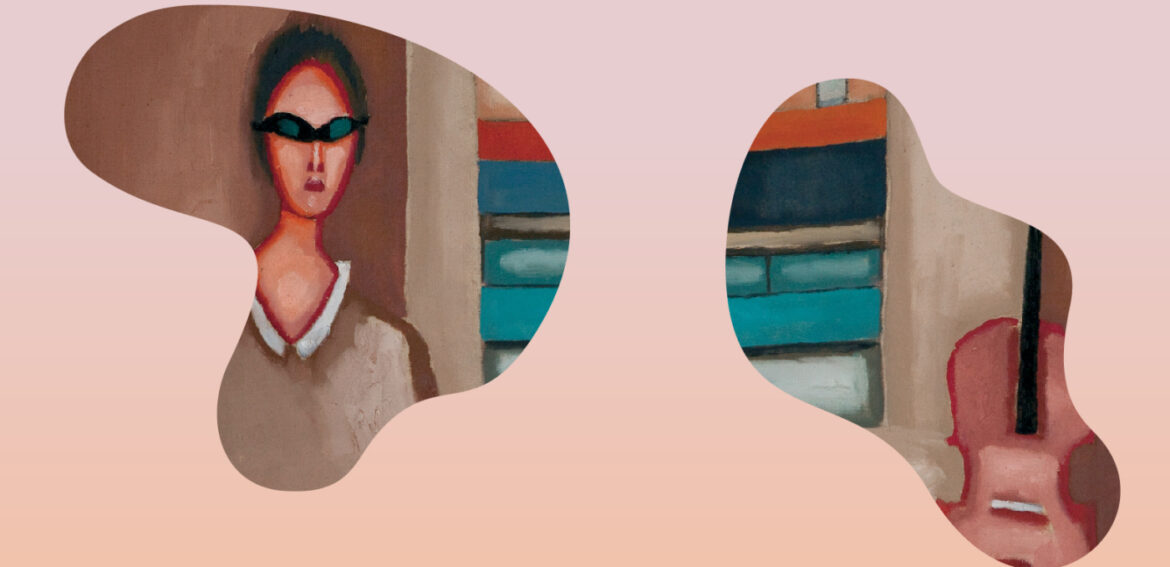The Royal Castle in Warsaw will host from 5 December the exhibition ‘The Art of Seeing. Nowosielski and others’. Organised on the 100th anniversary of the artist’s birth, the exhibition is an attempt to place his work in the broader context of Polish art of the second half of the 20th century and to invite the viewers to a common act of seeing, and thus creating.
Nowosielski’s art is a unique synthesis of his fascination with Byzantine art, particularly iconography, with the spirit of the avant-garde. Associated with the Second Kraków Group and Tadeusz Kantor, the artist developed his own individual style, drawing formally on surrealism and abstractionism, while at the level of meaning referring to the universal human yearning for metaphysics.
In Nowosielski’s figurative representations, the recurring motif was most often the female body. All these ways of seeing, mapping and commenting on the world were also present in the works of other artists who, like him, had experienced the trauma of the Second World War, as well as those born later.
The exhibition is divided into four narrative circles that can be distinguished in the artist’s work: surrealism; corporeality; eschatology and abstraction. Within each of these, a selection of Nowosielski’s paintings and drawings, quotations from his statements and surviving film footage provide a kind of essential context, or even an interpretative key, to the works of other artists presented. They include Wojciech Fangor, Stefan Gierowski, Władysław Hasior, Maria Jarema, Jadwiga Sawicka, Teresa Pągowska and others. The aim is above all to show the works in mutual dialogue.
The exhibition is co-organised by the Mazovian Centre for Contemporary Art “Elektrownia” in Radom. Institutions that have lent objects to the exhibition are the Starmach Gallery and National Museum in Krakow, the Jacek Malczewski Museum in Radom, the National Museum and Starak Collection in Warsaw and the Poster Museum in Wilanów.
Arkadiusz Słomczyński





